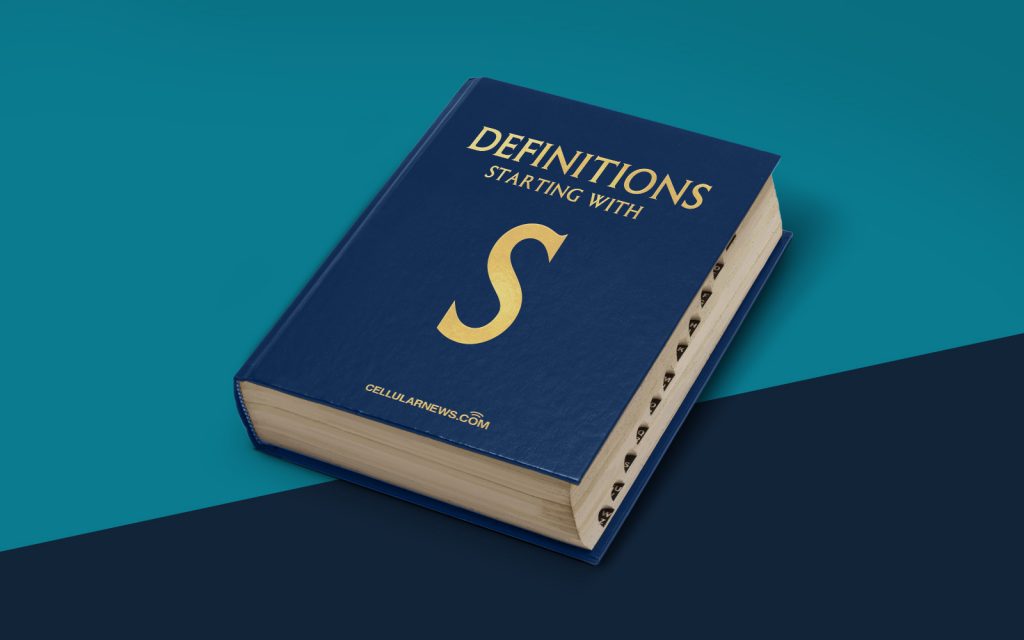
What is Storage Capacity?
Welcome to our DEFINITIONS series, where we break down complex tech terms into easy-to-understand explanations. In today’s post, we’ll dive into the world of storage capacity and uncover what it’s all about.
Have you ever wondered how much digital content you can store on your devices? From photos and videos to documents and applications, storage capacity plays a crucial role in determining how much data your device can hold. In simple terms, storage capacity refers to the amount of digital information that can be stored on a specific device or storage medium.
Key Takeaways:
- Storage capacity refers to the total amount of digital information that can be stored on a device or storage medium.
- It is measured in different units such as bytes, kilobytes, megabytes, gigabytes, terabytes, and more.
How is storage capacity measured?
Storage capacity is commonly measured in units such as bytes, kilobytes (KB), megabytes (MB), gigabytes (GB), terabytes (TB), and beyond. Here’s a breakdown of these units:
- Byte (B): This is the fundamental unit of digital information and represents a single character or symbol.
- Kilobyte (KB): 1 kilobyte is equal to 1,000 bytes. It can store a small text document or a few lines of code.
- Megabyte (MB): 1 megabyte is equal to 1,000 kilobytes or 1,000,000 bytes. It can store a high-resolution photo or a short audio recording.
- Gigabyte (GB): 1 gigabyte is equal to 1,000 megabytes or 1,000,000,000 bytes. It can store several hours of video footage or thousands of high-resolution photos.
- Terabyte (TB): 1 terabyte is equal to 1,000 gigabytes or 1,000,000,000,000 bytes. It can store a massive amount of data, including large video collections or extensive databases.
It’s important to note that the actual usable storage capacity on a device may be slightly less than the advertised amount due to file system formatting and pre-installed software.
How does storage capacity impact device performance?
The storage capacity of a device can influence its overall performance in several ways:
- Data storage: A larger storage capacity allows you to store more files, ensuring you have enough room for your digital content without constantly running out of space.
- Processing speed: Devices with higher storage capacities can often retrieve and access data faster, improving the overall speed and responsiveness of your device.
- Multi-tasking: With greater storage capacity, you can run multiple applications and switch between them seamlessly, without experiencing performance issues or slowdowns.
Conclusion
Storage capacity is a fundamental aspect of digital technology that determines how much data you can store on your devices. Understanding the different units of measurement and their implications can help you make informed decisions when choosing devices or storage solutions. So, next time you’re wondering how many precious memories or important files you can store, remember that storage capacity holds the key!
We hope this post has shed light on the concept of storage capacity. Stay tuned for more definitions in our ongoing series!
